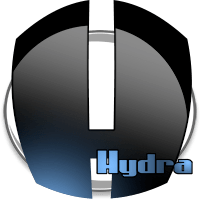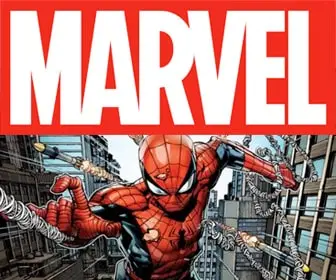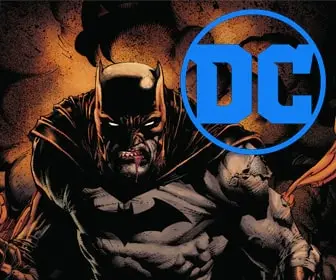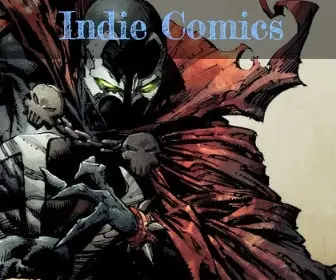
Writing and Visual Storytelling: Tips for Translating Compelling Stories into Comics
Creating a comic book is a unique form of storytelling that combines both visual and written elements. It’s not just about writing a compelling story, but also translating that story into visual storytelling. Here are some tips on how to write a compelling story and translate it into a dynamic comic book.

Writing a Compelling Story
Develop Interesting Characters
Your characters are the heart of your story. Make sure they are well-developed, relatable, and interesting. Give them clear goals, motivations, and conflicts that will drive the narrative forward.
Create a Strong Plot
Your plot should be engaging and well-structured. Make sure there is a clear beginning, middle, and end. Include plot twists and turns to keep the reader engaged and create a sense of anticipation.
Use Dynamic Dialogue
Dialogue is a key component of comic book storytelling. Make sure your dialogue is natural, engaging, and reveals character. Avoid lengthy monologues and instead focus on dynamic exchanges between characters.
Translating into Visual Storytelling
Plan Your Layout
Plan the layout of each page and each panel carefully. Think about the pacing of the story and how the layout can enhance it. Use larger panels for key moments and smaller panels for faster-paced scenes.
Show, Don’t Tell
Comics are a visual medium, so make sure to show the story through images as much as possible. Use the artwork to convey emotions, actions, and settings. Let the images tell the story as much as the words.
Use Angles and Perspectives
Utilize different angles and perspectives to create dynamic and engaging visuals. Use bird’s-eye views, worm’s-eye views, close-ups, and wide shots to create visual interest and guide the reader’s eye through the panel.
Consider the Flow
Make sure the flow of the panels is logical and easy to follow. Guide the reader’s eye from one panel to the next in a natural reading order. Use panel composition, character positioning, and dialogue placement to guide the reader’s eye.
Conclusion
Writing and visual storytelling are two crucial aspects of creating a compelling comic book. By developing interesting characters, creating a strong plot, using dynamic dialogue, planning your layout, showing instead of telling, using angles and perspectives, and considering the flow, you can create a compelling story that translates into dynamic visual storytelling. Remember, creating a comic book is a unique form of storytelling, and it’s important to consider both the written and visual elements to create a captivating and engaging narrative.










